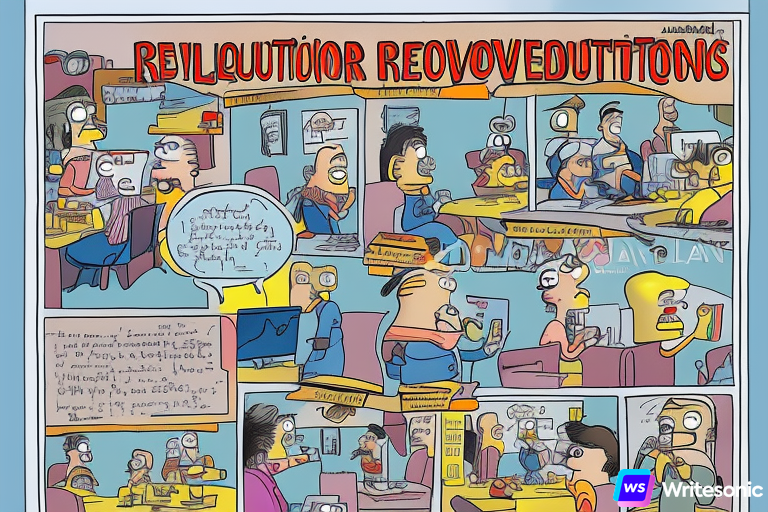New to Digital and Blended Learning? Steps To Doing It Right!
Please raise your hand if you’ve ever felt overwhelmed by the thought of creating a digital learning plan for your school or district.
When you start brainstorm the steps to having a digital learning plan, you’re hit with a blank word document or whiteboard, killing any creative notion you may have felt. Technology integration is daunting enough – never mind putting together a digital learning plan to be shared your school community.
Well, there’s good news: Creating a digital learning plan doesn’t have to be that daunting. With the right set of tools and information at your disposal, you could easily create an engaging digital learning plan — all without hours of research, a huge time investment, or hiring consultants.
We will walk through how to develop a digital learning plan in this series of blog posts. When we’re done you’ll know exactly how to create a digital learning. Ready? Let’s dive in.
First, let’s think about Blended and Digital Learning…
- The opportunity to innovate
- 50% of all high school courses online by 2019
- The Rise of K-12 Blending Learning
- Definition of Blended Learning
- online learning
- supervised brick and mortar location away from home
- modalities are connected to provide an integrated learning experience
- What blended learning is not…
- one to one
- bring your own device
- technology integration
- What blended learning is…
- personalize student learning
- different learning needs at different times
- student point of entry and progress
- Why blend?
- competency-based learning at scale
- overcome current condition of data rich and information poor
- formative assessments with immediate real-time interactive feedback
- offer learning experiences to students
- mastery-based learning
- The future of assessments
- smaller
- more frequent
- both FOR and OF learning
- Outcomes of blended learning
- grit
- perseverance
- student agency (students have control over learning and are empowered to learn)
- Start with pilots
- small classroom-level pilots
- project-based learning
- examine blended learning models
- students have more voice and choice
- Blended Learning Models
- Rotation model
- station rotation model
- lab rotation model
- flipped classroom model
- individual rotation model
- Flex Model:
- A course or subject in which online learning is the backbone for student learning. Even if it directs students to offline students. Students move at a customized pace through different learning modalities..
- ala Carte Model
- A course that a student takes that is entirely online. The course accompanies other experiences of learning. Not a whole school or whole class experience.
- Enriched Virtual Model
- This is a course or subject where students have required face to face learning and are free to complete to remaining coursework on their own.
- Rotation model
Consider administering the STNA (School Technology Needs Assessment). http://www.serve.org/stna.aspx – The STNA will give you a benchmark of your technology program. For best results, you may want to take the STNA questions and “customize” them in your district’s lingo.



